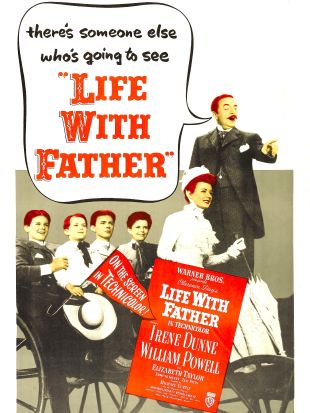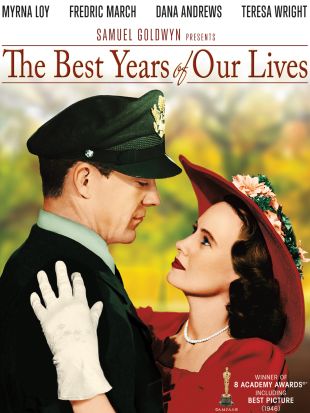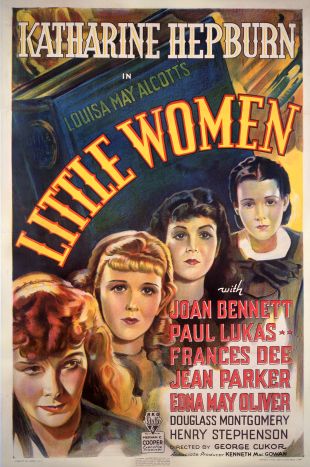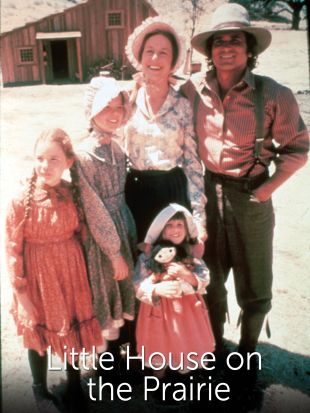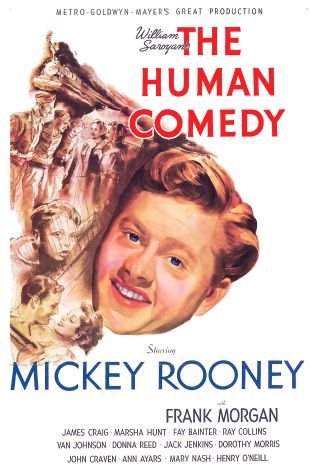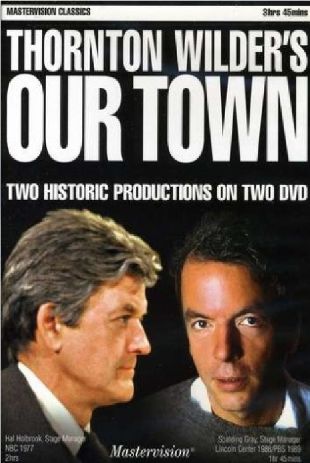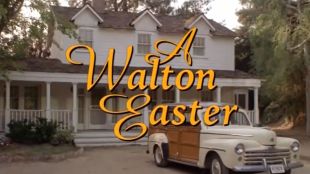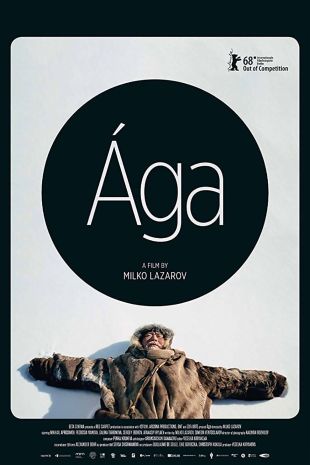
Little House on the Prairie (1974)
Directed by Michael Landon / William F. Claxton
Genres - Drama |
Sub-Genres - Family Drama, Americana, Rural Drama, Period Show [TV], Prime-Time Drama [TV] |
Run Time - 60 min. |
Countries - United States |
Share on
Synopsis by Hal Erickson
One of the most successful and beloved of all TV family drama series, the weekly, 60-minute Little House on the Prairie was based on the autobiographical books by Laura Ingalls Wilder. Michael Landon, the series' executive producer and occasional writer/director, headed the cast as Charles Ingalls, a Wisconsin farmer who moved himself and his family to the small town of Walnut Grove, MN, in the early 1870s. Karen Grassle co-starred as Charles' wife, Caroline; Melissa Sue Anderson was seen as eldest daughter Mary; Melissa Gilbert played middle daughter Laura (aka "Half-Pint"); and twins Lindsay and Sidney Greenbush shared the role of youngest daughter Carrie. As the series progressed, there were several more additions to the Ingalls household: Caroline bore a fourth daughter named Grace (played by twins Wendi and Brenda Turnbaugh); Charles and Caroline adopted an orphan named Albert (Matthew Laborteaux), and later took in another brace of orphans named Cassandra and James Cooper (Jason Bateman, Missy Francis); and during the series' final season, grown-up daughter Laura took charge of her niece Jenny (Shannon Doherty). Inasmuch as the series remained on NBC for nine seasons, it hardly needs saying that the two oldest Ingalls daughters literally grew up in full view of millions of fans. Mary eventually went blind due to a progressive disease, whereupon she relocated to a school for the blind in the Dakota Territory. There she met and fell in love with her teacher, likewise blind, named Adam Kendall (Linwood Boomer). They would later marry and have a child, who was killed in a fire. Ultimately, Adam regained his sight and relocated himself and his wife to New York, there to practice law. As for Laura, she became a schoolteacher in Walnut Grove, and in this capacity met another teacher, Almanzo Wilder (Dean Butler); they too would marry and have a child, named Rose.
Others in the large supporting cast included Victor French as the Ingalls' neighbor and friend Isaiah Edwards and Bonnie Bartlett as Mrs. Grace Edwards; Katherine MacGregor as the ridiculously haughty town gossip Harriet Oleson; Richard Bull as Harriet's good-natured storekeeper husband, Nels; Alison Arngrim as the Olesons' bratty daughter, Nellie (who, upon growing up and "reforming," wed a Jewish boy named Percival [Steve Tracy]); and Allison Balson as Harriet and Nels' equally obnoxious adopted daughter Nancy. Other cast included Merlin Olsen as headstrong farmer Jonathan Garvey, and Hersha Parady and Patrick Laborteaux as Garvey's wife, Alice, and son, Andy; Karl Swenson as Lars Hanson, owner of Walnut Grove's mill; Charlotte Stewart as schoolteacher Miss Beadle; Dabbs Greer as Reverend Alden; Jonathan Gilbert as Willie Olesen; Ketty Lester as Hester Sue Terhune, head instructor at the blind school established in Walnut Grove by Mary and Adam; and, in the final season, Michael Landon's daughter Leslie Landon as new schoolmarm Etta Plum.
In the course of the series, the Ingalls and several of their neighbors briefly moved to Dakota Territory when Walnut Grove was devastated by a series of financial reverses, but they all returned to rebuild the town and restore its economy. And in the ninth and final season, Michael Landon and Karen Grassle relinquished their starring roles (though Landon remained on the project as executive producer) and Melissa Gilbert (Laura Ingalls Wilder) was promoted to the leading role. At that time, the series' title was changed to Little House: A New Beginning, and Stan Ivar and Pamela Roylance became regular cast members as John and Sarah Carter, the couple who moved into the Ingalls' now-vacant family farm. After Little House on the Prairie completed its run in the spring of 1983, three two-hour specials were produced for the 1983-1984 television season to tie up loose plot ends.
Characteristics
Moods
Themes
Keywords
frontier town, family, family-dynamics, townspeople, schoolhouse
